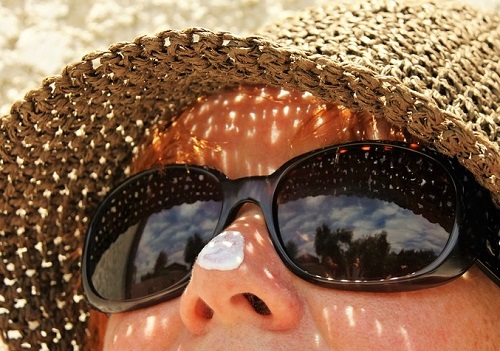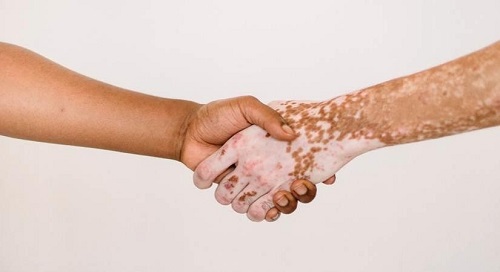How a common sunscreen ingredient damages coral reefs

Follow us Now on Telegram ! Get daily 10 - 12 important updates on Business, Finance and Investment. Join our Telegram Channel
Researchers have identified a mechanism by which oxybenzone - a common sunscreen component - may be hastening the demise of reefs.
The study, led by Stanford University, could help guide the development and marketing of effective and coral-safe sunscreens.
Scientists have known for some time that oxybenzone can damage corals. However, the mechanisms by which oxybenzone does harm have largely remained a mystery, making it difficult to ensure that sunscreen components proposed as alternatives are truly safer for corals.
In the paper published in Science journal, the team found that oxybenzone made sunlight toxic for corals.
In the study, the team characterised the chemical and biological mechanisms by which oxybenzone harms corals.
They used anemones as surrogates for corals, which are harder to experiment with, as well as mushroom corals. Exposed to oxybenzone in artificial seawater under simulated sunshine, the anemones all died within 17 days, whereas anemones exposed to oxybenzone in the absence of simulated sunlight remained viable.
"It was strange to see that oxybenzone made sunlight toxic for corals - the opposite of what it is supposed to do," said William Mitch, a professor of civil and environmental engineering at Stanford.
"The compound is good at absorbing light within the waveband we tested, which is why it's so common in sunscreens," he added.
After absorbing ultraviolet light, oxybenzone is designed to dissipate the light energy as heat, preventing sunburn. The anemones and corals, however, metabolised oxybenzone in such a way that the resulting substance formed damaging radicals when exposed to sunlight.
In addition to this vulnerability, the researchers found evidence for a coral defence mechanism. Symbiotic algae in corals appeared to protect their hosts by sequestering within themselves the toxins that corals produced from oxybenzone.
As ocean waters warm, stressed corals expel their algae partners, exposing bone-white coral skeletons. Thus, in addition to being more vulnerable to disease and environmental shocks, such "bleached" corals would be more vulnerable to the depredations of oxybenzone without their algae to protect them.
Oxybenzone may not be the only sunscreen ingredient of concern, the researchers warn. The same metabolic pathways that appear to convert oxybenzone into a potent toxin for corals may do something similar with other common sunscreen ingredients, many of which share similar chemical structures and so could form similar phototoxic metabolites.
Many sunscreens marketed as coral-safe are based on metals, such as zinc and titanium, rather than organic compounds, such as oxybenzone.
Although these sunscreens are fundamentally different in how they function, it is not clear whether they are actually safer for corals, according to the researchers, who are planning to investigate the matter further.












 320-x-100_uti_gold.jpg" alt="Advertisement">
320-x-100_uti_gold.jpg" alt="Advertisement">












